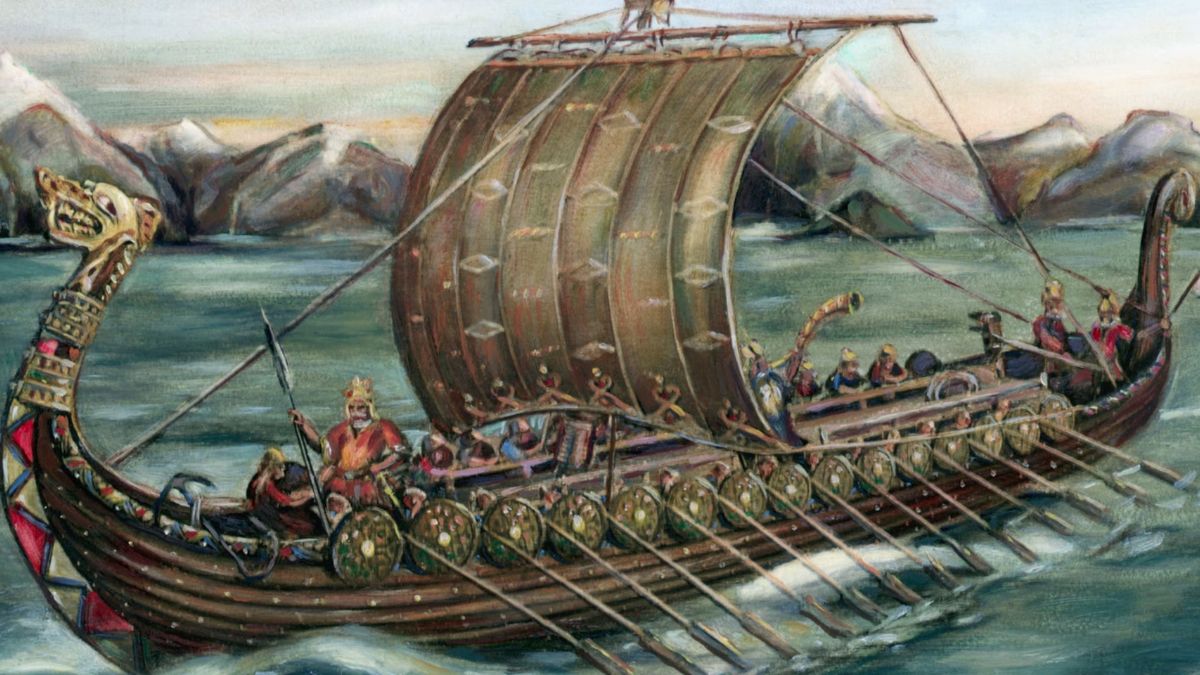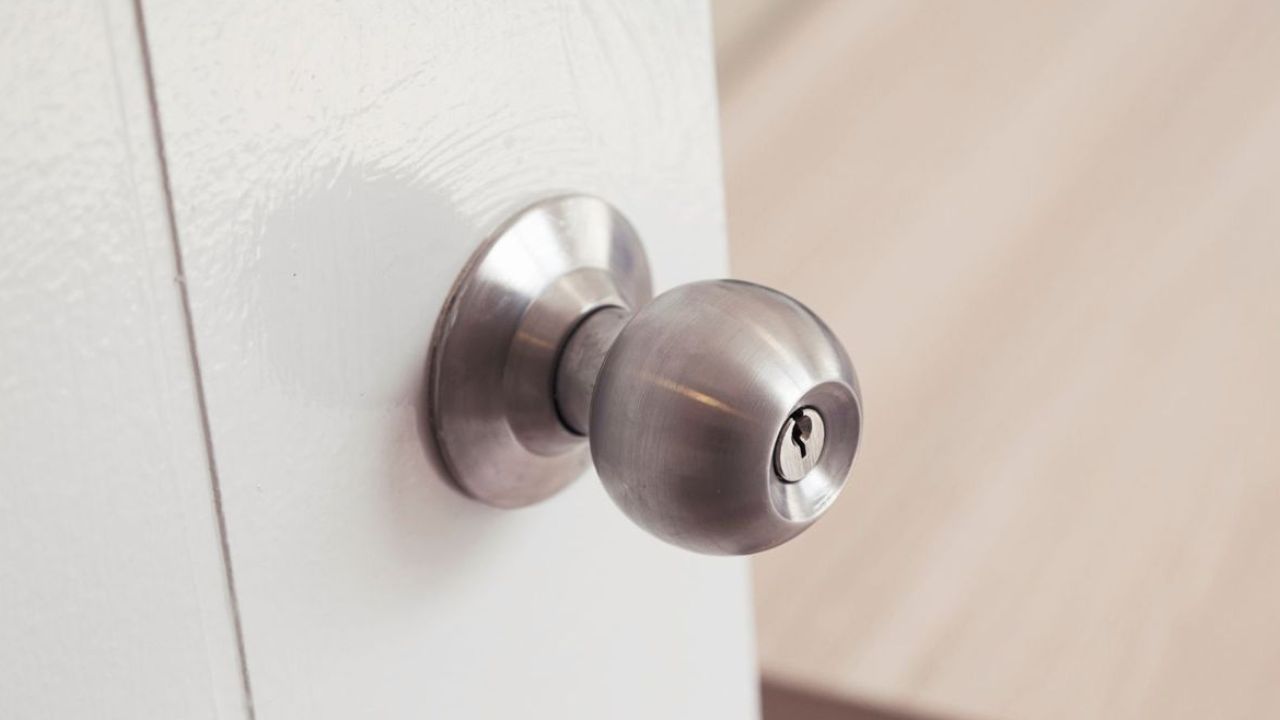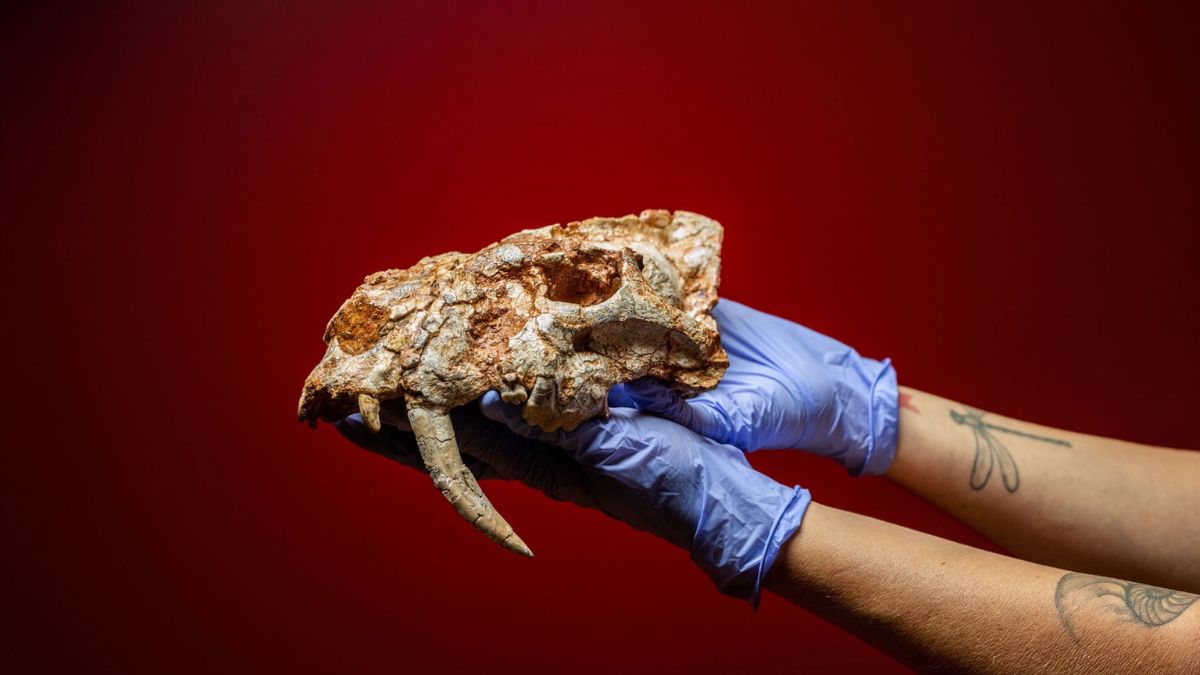For over two centuries, a set of shipwrecks lying quietly beneath the Baltic Sea near Sweden were believed to be relics of the Viking era. Historians and archaeologists were convinced they had stumbled upon Viking ships—until now. Thanks to modern technology and a deeper analysis, that long-held belief has been shattered.
What was once considered an exciting Viking discovery has now turned into an even more fascinating story—one that changes our understanding of Northern Europe’s naval past. Let’s cut into what researchers found, and how it’s rewriting history.
Discovery
Off the Swedish coast, about 20 kilometers into the Baltic Sea, five remarkably preserved shipwrecks were discovered. For decades, experts thought they were Viking ships based on their locations and the mere assumption that Vikings ruled these waters.
However, researchers from the Vrak Museum of Wrecks in Stockholm weren’t satisfied with assumptions. They launched a full-scale investigation, using cutting-edge tools to get real answers—and what they uncovered was shocking.
Analysis
Using 3D surveying technology and dendrochronological analysis (a fancy term for tree-ring dating), scientists were able to pinpoint the age of the ships far more accurately than ever before.
Here’s what they found:
- Four of the five shipwrecks were built between the 17th and 18th centuries.
- That’s nearly 1,000 years after the Viking Age ended.
- One of these may be the oldest ship in northern Europe built using a Mediterranean technique.
So, not only were these ships not Viking, they were part of a completely different maritime story.
Technique
One of the major giveaways was how the ships were constructed. Vikings famously used the “clinker” technique, where wooden planks overlap like fish scales. It’s a signature Viking move.
But these ships? They used “carvel” construction, where planks are placed edge-to-edge to create a smooth surface. This style originated in the Mediterranean during the 7th century and spread to Northern Europe later on—mostly because of the development of naval artillery and the need for reinforced hulls.
This meant Scandinavians were using foreign shipbuilding techniques much earlier than anyone thought.
| Feature | Viking Ships | Baltic Shipwrecks Found |
|---|---|---|
| Era | 8th–11th centuries | 17th–18th centuries |
| Plank Style | Clinker (overlapping) | Carvel (smooth surface) |
| Technology Origin | Scandinavian | Mediterranean |
| Purpose | Raiding, trading | Likely military or trade |
| State of Preservation | Varies, often partial | Exceptionally well-preserved |
Mistake
This wasn’t just a little error—it was a major misinterpretation that lasted for generations. The preserved masts and hull shapes led early experts to assume they were from the Viking era.
But the details didn’t add up—and now that we have better tools and data, we can say with confidence: these ships are from a completely different chapter of maritime history.
Museum
The Vrak Museum, which specializes in underwater archaeology, is leading the charge to not just study but also preserve and display these historic vessels. They’re currently seeking funding to excavate one of the wrecks and possibly make it available for public viewing.
The goal? To not only showcase the ship, but also tell a new story—one about Northern Europe’s evolving naval technologies and their interaction with other cultures after the Middle Ages.
Rethink
This discovery is a great example of how history is always evolving. Sometimes, myths get busted. But that doesn’t mean the new story is less exciting—it often reveals even more complexity and depth than the original tale.
These sunken ships might not be Viking, but they are just as important. They show a moment in time when Scandinavians were moving beyond their roots, embracing foreign techniques, and preparing for new kinds of warfare, trade, and exploration.
In a way, these wrecks tell us more about the real Vikings’ legacy than we thought—how their descendants adapted, evolved, and sailed into the modern world.
FAQs
Were the sunken ships Viking?
No, they date from the 17th and 18th centuries.
What shipbuilding technique was used?
The carvel method, from the Mediterranean region.
What revealed the ships’ real age?
3D surveys and tree-ring (dendrochronological) dating.
What is the Vrak Museum’s role?
It led the research and is preserving the shipwrecks.
Why is this discovery important?
It reshapes our view of Scandinavian naval history.























